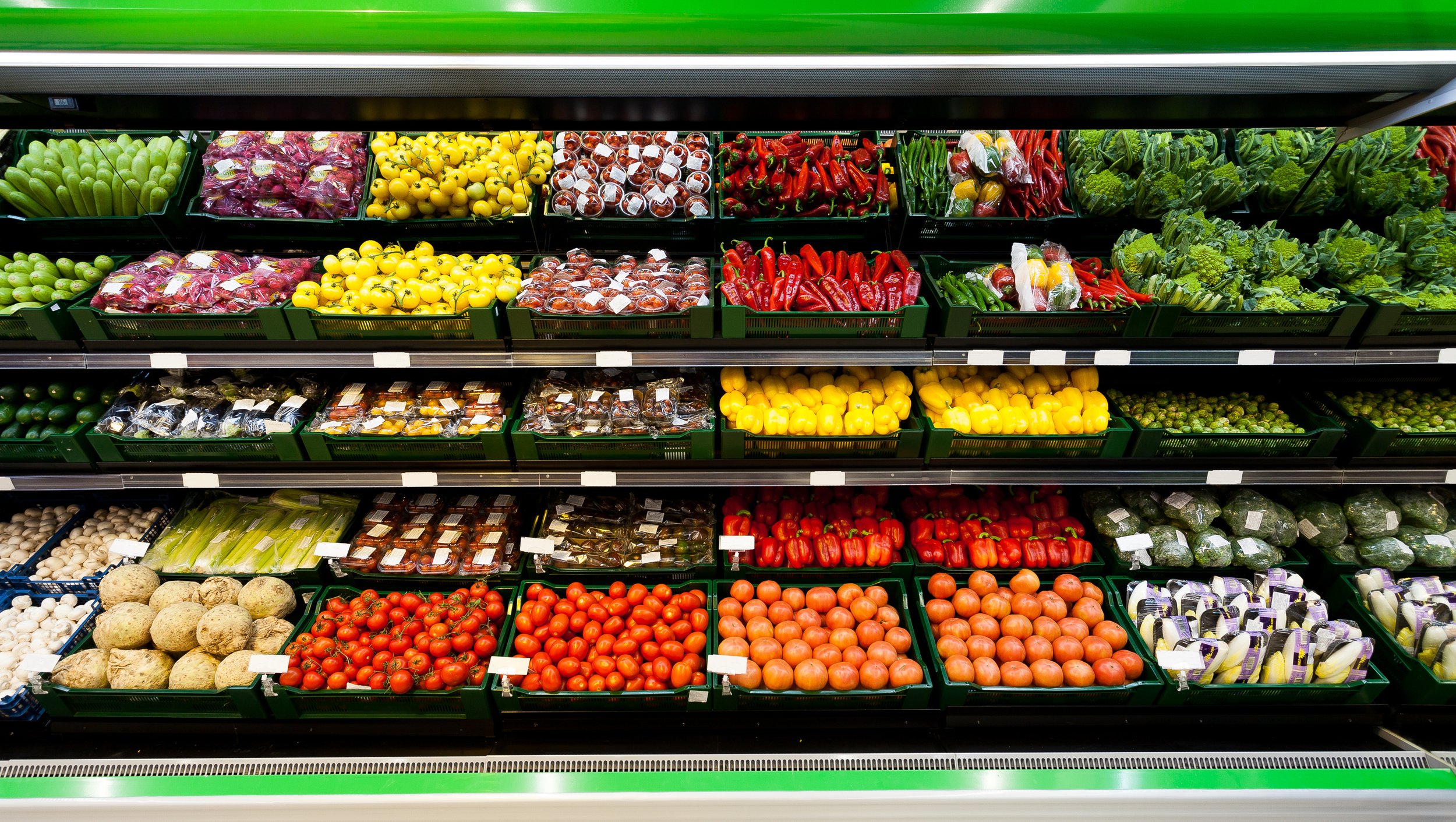
Food Affordability
What’s the Real Cost of Sacramento’s Policies on Food Production?
One word… Expensive!
The high cost of living in California is well documented, especially energy, fuel and housing. As the nation’s leading agriculture-producing state, California should theoretically have the most accessible and affordable food in the country. Instead, California is the most expensive state for groceries in the continental U.S.
Grocery prices have risen 28% in the past five years alone. The average household in California spends $1,200 per month on groceries, nearly $300 per week, adding significantly to an already high cost of living in the Golden State. Families with children face an even bigger burden, spending 41% more on groceries than households without kids.
So, what is driving California’s high food costs?
Fuel Costs: California’s high cost of diesel and gasoline increase the cost of transportation at every step in the supply chain from the farm to the supermarket. California taxes and environmental program fees add more than $1.30 to the cost of gasoline and $1.60 to each gallon of diesel fuel used for transportation.
Energy Costs: California’s electricity rates are more than double the national average, raising the cost of food at the farm, packing house, processing facility, cold storage and retail outlet.
Labor: California’s high wages and labor policies also impact the price of food at each step along the way from the farm to the grocery store.
Regulatory Burdens: According to research from California Polytechnic State University, San Luis Obispo, Central Coast farmers have faced a nearly 1,400% increase in regulatory costs since 2006.
As food prices surge, more Californians are struggling with food insecurity. More than one in five Californians is food insecure and a full 27% of households struggle to put food on the table. Food banks are now stretched to their limits, reporting record high demand from working families who simply cannot keep up with the rising cost of living!

